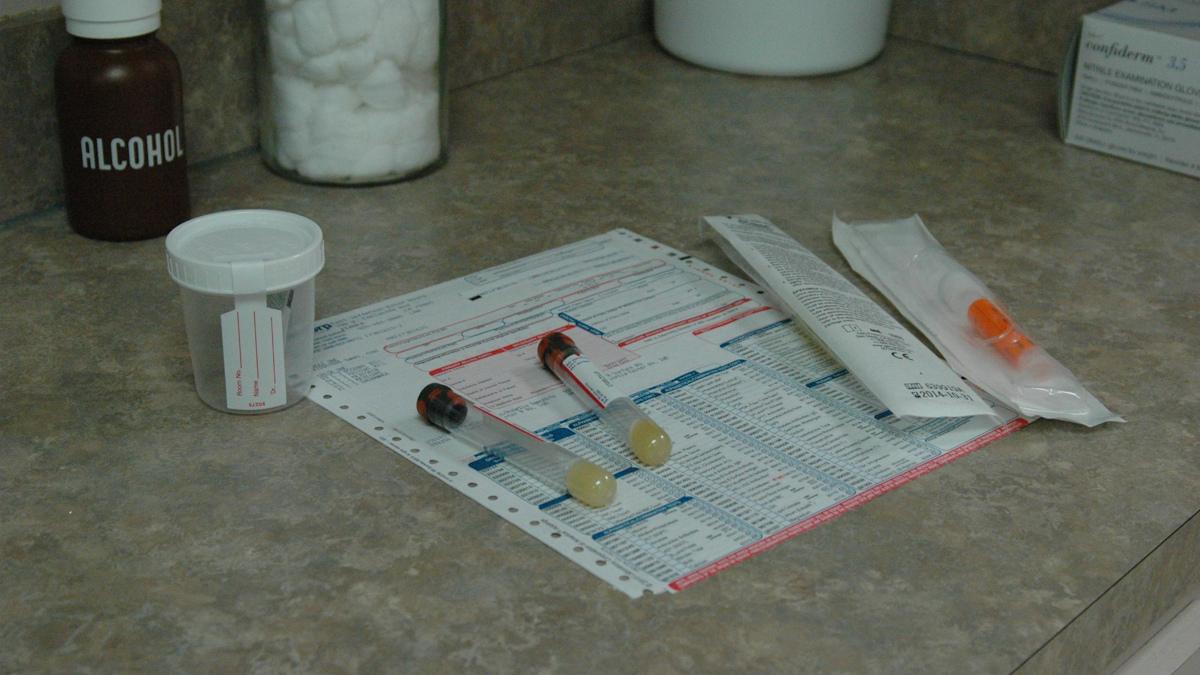‘Healthcare shouldn’t be about treatment’: are diagnostics the answer to ending disease and virus outbreaks?

In a perfect world, everyone would have equal access to healthcare. The health services some consider a right are a privilege for others, and are simply unattainable for many, and the prevalence of life-threatening - and often incurable - diseases in specific parts of the world is a testament to this deleterious imbalance.
Annual checkups, cancer screenings, and vaccines are just some of the preventative measures that can help save lives, reducing the need for treatment and reliance on potentially costly medicines that are in short supply.
Preventive and diagnostic care is key to building more inclusive and resilient systems and procedures for the healthcare sector, but we have a long way to go before this vision becomes reality.
Here, Shameet Thakkar, founder and managing director of healthcare products supplier Unimed Procurement Services, discusses the importance of preventive care, the hurdles standing in our way, and what the future of healthcare could look like if the right measures are adopted.
Preventive vs. diagnostic care
Though often used interchangeably, there’s a key difference between the two terms. Preventive care is the step before diagnostic care, essentially involving the detection of potential health problems before a patient develops symptoms.
Diagnostic care is given when there are existing problems – that is, potential symptoms, allowing professionals to identify the issue at hand and act promptly to prevent the advancement of a disease or illness.
Both prevention and diagnostics have a significant role to play in building the future of healthcare.
Having access to labs that can perform diagnostic and preventive services can help capture potentially harmful diseases in their early stages, preventing patients from developing symptoms, having to rely on treatment to survive, or dying.
Take mammograms, for instance. Since 1990, mammograms have reduced breast cancer mortality by nearly 40% in the US alone, yet, the developing world still has very limited access to this and similar types of screenings.
And when it comes to infectious diseases such as tuberculosis, HIV, dengue, malaria, and meningitis, early diagnosis can significantly improve the effectiveness of treatment, not to mention the risks associated with infected individuals passing on these diseases unknowingly.
In areas where certain types of infectious diseases are more prevalent, early diagnosis can also stop or help control outbreaks, an enormous step forward for developing countries with weaker health systems.
Put simply, in most cases, the earlier we diagnose, the easier it is to treat, and reduce the likelihood of long-term complications, or cure altogether - which is why we should turn our attention to developing systems and procedures dedicated to prevention.
What are the obstacles?
The lack of equal access to healthcare around the world is a well-known issue that doesn’t solely involve treatment, but also extends to prevention and diagnosis, which in turn causes more individuals to become ill – essentially a vicious cycle.
Experts are already aware that ‘prevention is better than cure’, with countries such as the UK recognising the importance of putting prevention ahead of treatment and cure.
However, individuals within the industry and beyond continue to put a spotlight on whether the necessary medicines and supplies can be produced to meet demand, whether they are accessible and whether supply chains are currently strong enough to deliver them to the right places.
And while these are questions of importance, no one is asking them in relation to preventive and diagnostic equipment.
One of the main concerns is whether developing countries can justify dedicating already limited resources to prevention, when so many individuals are in such desperate need of treatment.
Though there’s little capacity or budget available to cover additional expenses, if the focus on treatment within these countries stems from the need to cure those who are already sick, a profound shift in our priorities - and mentality - should be enacted.
Shaping a brighter future
An ideal future should see countries hold the necessary diagnostic equipment and procedures, acting proactively instead of reactively. Resilient health systems have prevention at their core, and building capacity to this end is key, not simply for routine care.
Delivering preventative interventions brings us one step closer to long-term stability and durability within healthcare, as investing in preventive measures means building healthier communities, whilst also future-proofing resources.
Covid-19 has highlighted significant shortcomings in the healthcare industry, and not just in developing countries, which shows that we have a long way to go when it comes to changing our mindset, too, particularly the ways in which we respond to emergencies.
If we can’t ensure permanent availability of resources such as medicines, we should aim to have the necessary diagnostic equipment to ensure the need for these supplies can be reduced.
Handling resources effectively also means making use of workers in the best possible ways, and ensuring proper education, training, and ongoing development opportunities are provided to move forward effectively, and not just in the short term.
About the author
 Shameet S Thakkar is the founder and managing director of Unimed Procurement Services, an MHRA-licensed healthcare procurement company. With over 10 years of experience, Shameet has delivered healthcare projects to global clients in over 25 countries, as well as harnessed procurement activity to engage supply markets in innovative ways, reduce costs, and maximise commercial benefits.
Shameet S Thakkar is the founder and managing director of Unimed Procurement Services, an MHRA-licensed healthcare procurement company. With over 10 years of experience, Shameet has delivered healthcare projects to global clients in over 25 countries, as well as harnessed procurement activity to engage supply markets in innovative ways, reduce costs, and maximise commercial benefits.












